Introduction
Growing fruits at home has always felt incredibly rewarding, even though it can sometimes be frustrating to keep waiting for years for trees or shrubs to start producing. Through experience, I’ve learned that choosing fastest growing fruit trees is the key to success — nothing beats enjoying fresh, home-grown fruit sooner than expected. Some fast-bearing plants begin producing in just 1-3 years after planting, giving delicious harvests and beautiful fruit trees that not only taste good but also look stunning in your garden.
The returns on your investment come quickly, making it one of the best parts of gardening. Whether you have a tiny courtyard or a sprawling yard, you can find dwarf, compact vines and fruit trees perfectly suited to different climates and spaces. I’ve grown fig, mulberry, and dwarf citrus, and they’ve all proven to be among the fastest-growing fruit tree options that grow quick and easy, yielding armloads of fruit that make every effort worthwhile for any gardener.
Fast Producing Fruit Trees
Here are some fast producers to consider for your yard or garden:
- Over the years, I’ve seen how fruit tree farming blends skill and patience. Through proper cultivation and harvesting, you can enjoy tree fruits at home much sooner than expected. Many trees and plants are now producing juicy, ripe fruits quickly, especially with quick-bearing varieties that make the harvest both rewarding and productive.
- Apple trees such as Dorsett Golden and Anna are excellent early-bearing options. These compact, productive types yield apples within just 2-4 years. They thrive in different climates and make it easy to enjoy fresh, attainable fruit at home with minimal waiting.

- Peach trees are another favorite. The fast-maturing Redhaven variety is ideal for homegrown gardens, offering sweet, juicy fruit in 1-3 years. There’s nothing better than using your own summer peaches as ingredients for a warm cobbler.
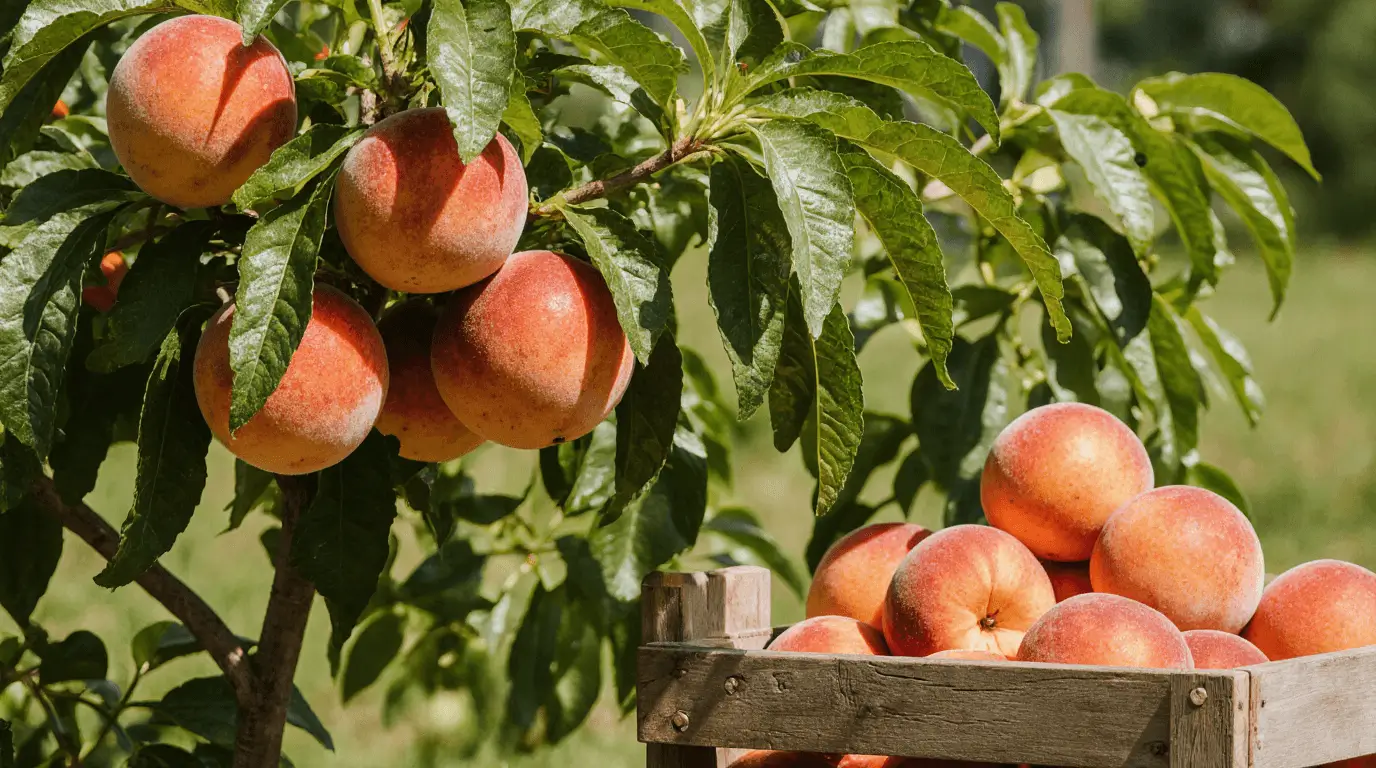
- Pear trees like Kieffer and Moonglow are dependable early producers. They reach maturity sooner, giving crunchy, sweet pears in about 3-5 years. If you love canning, these are perfect for making rich pear butter and enjoying the sooner rewards of your labor.
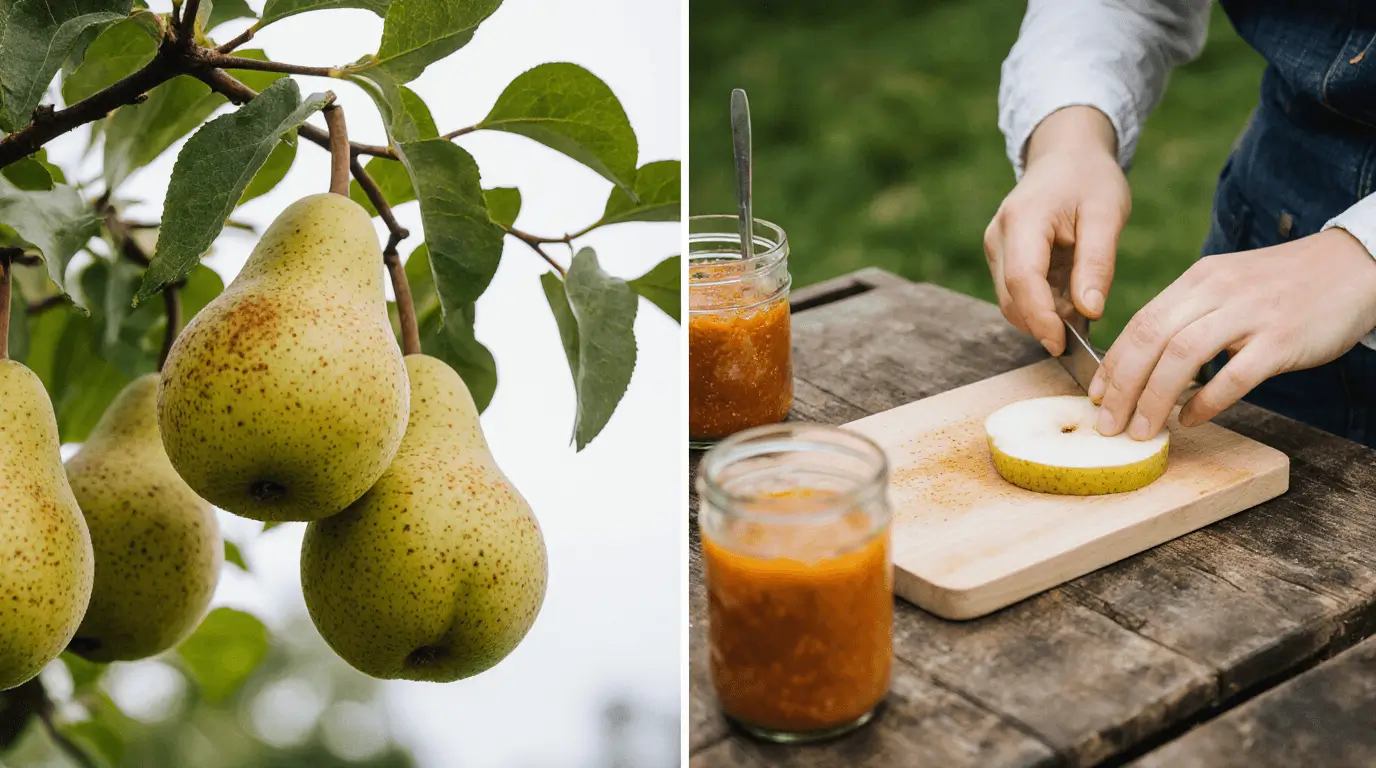
- Cherry trees, including the North Star variety, are self-pollinating dwarf types that bear fruit in 3-4 years. They’re wonderful for baking pies, tarts, or simply eating fresh from your own harvests.
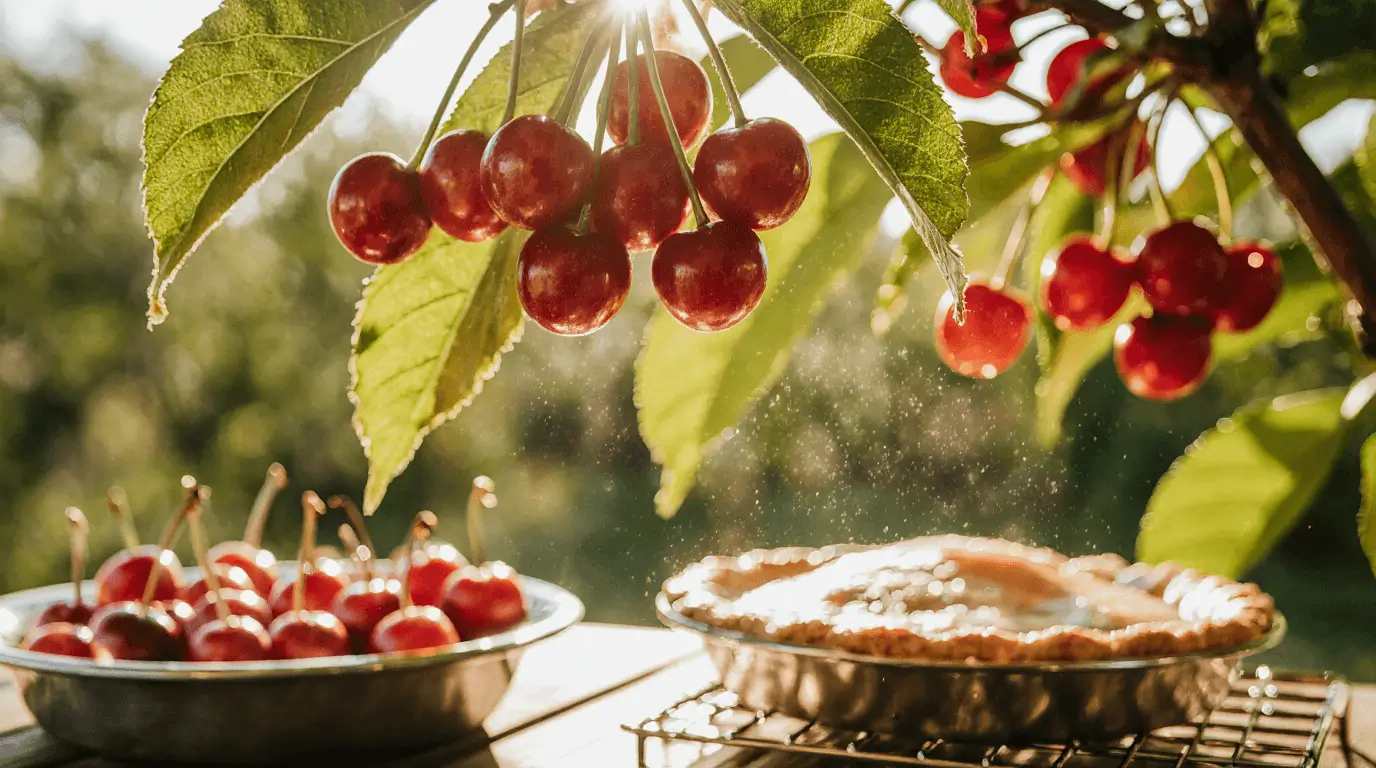
- For plum trees, both Methley and Santa Rosa are fast-growing and considerably quicker to produce fruit—often within 2-4 years. Their sweet flavor makes them an irresistible treat during your harvest season.

- Fig trees like Brown Turkey and Celeste are great fast growers that fruit in 1-2 years. Even in containers, they thrive under the sun, offering ripe figs that add richness to both sweet and savory dishes.
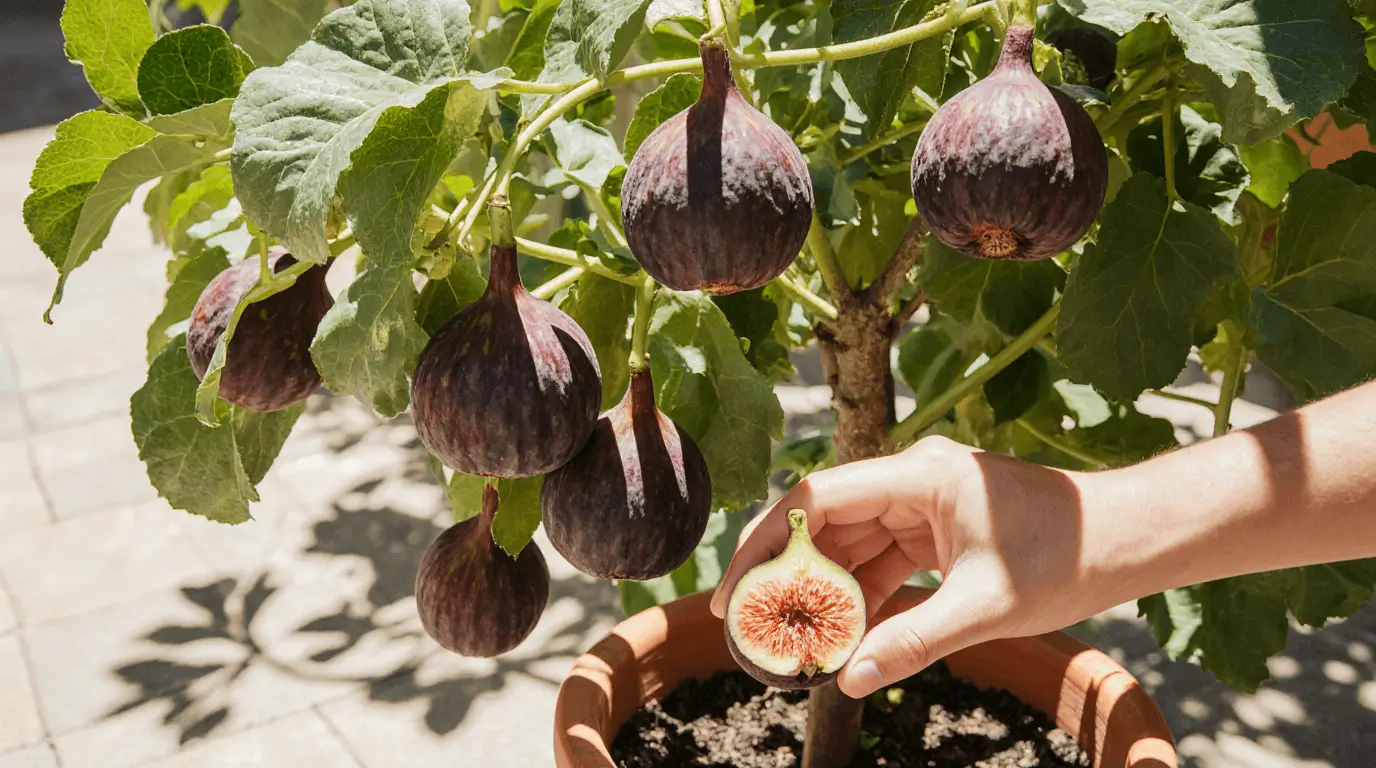
- Citrus trees—including lemons, limes, and oranges—are perfect container plants. Choose dwarf varieties for your home, and you’ll have fresh-squeezed juice or margaritas in 1-3 years. Their fast track to fruit makes them ideal for small spaces.

- Raspberry bushes are known for their quicker gratification. These easy growers produce berries in their first year when planted in a sunny spot with good drainage. In just a few months, you’ll be picking handfuls of fresh fruit.
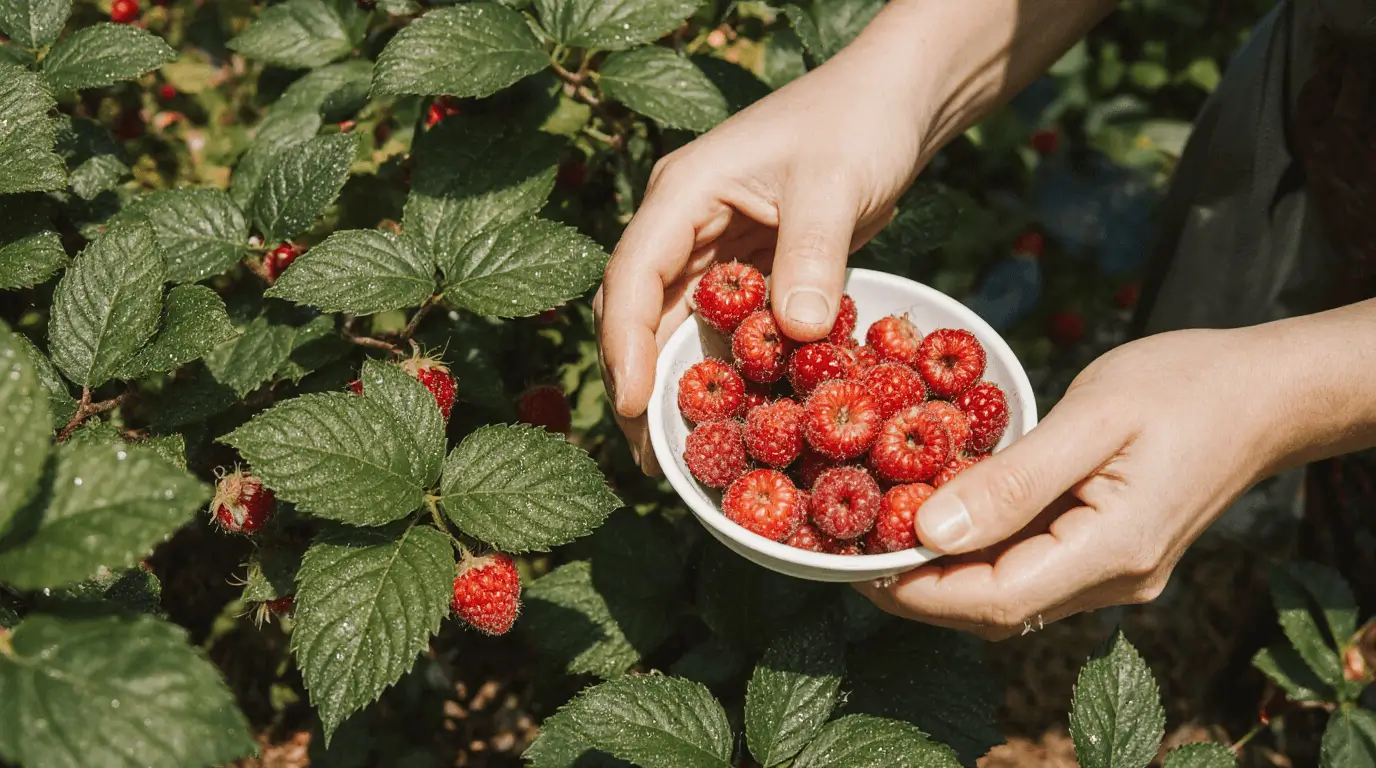
- Blackberry bushes are even speedier. Their productive varieties form thickets quickly and reward you with buckets of sweet berries in 1-2 years. Train them on supports or trellises for easier harvesting.

- Blueberry bushes like Duke and Patriot are early producers that shave years off the timeline to fruiting. Within 1-3 years, you’ll be enjoying bursting, fresh berries in homemade muffins or pancakes.
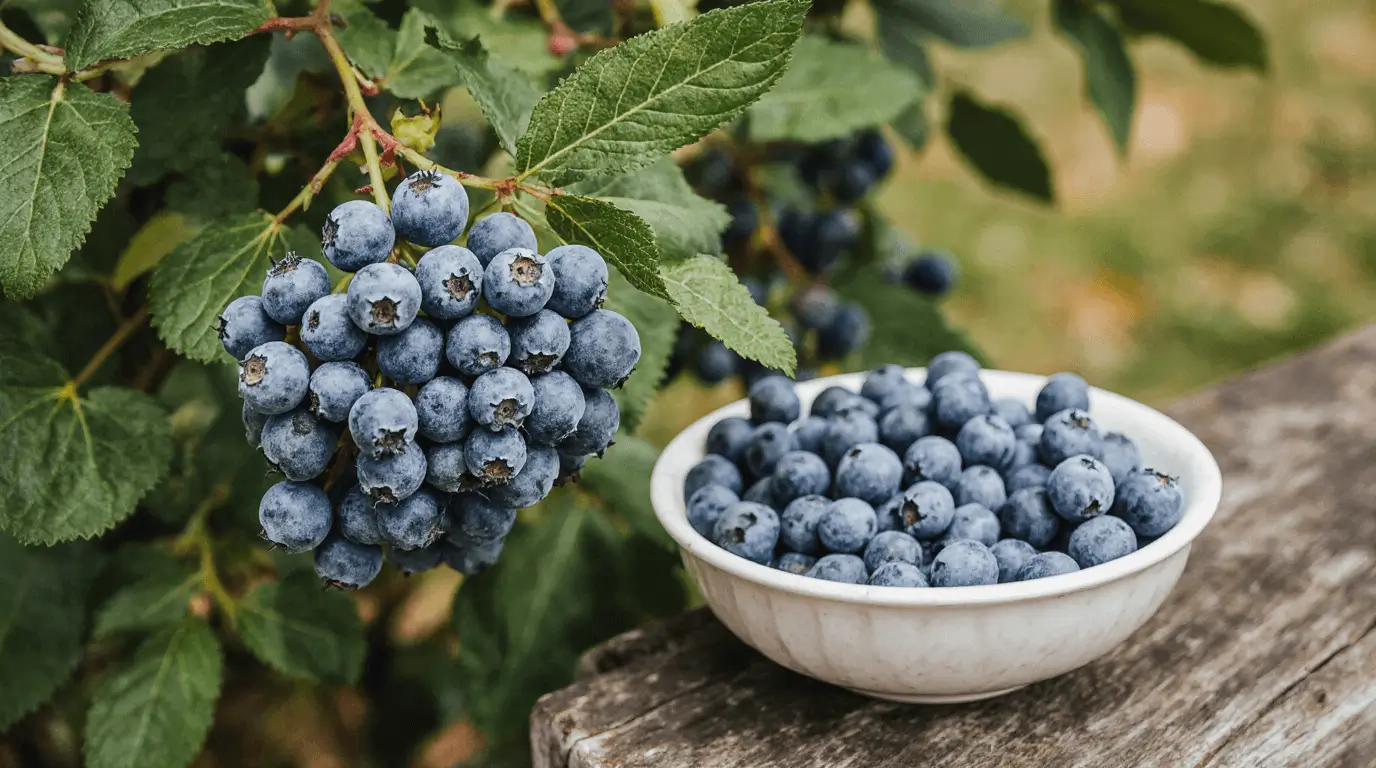
- Grape vines such as Concord and Thompson Seedless are truly rewarding. These quick producers yield sun-warmed grapes in 2-3 years, perfect for salads, wine, or jams. Their vines add elegance to your landscape while producing delicious results.
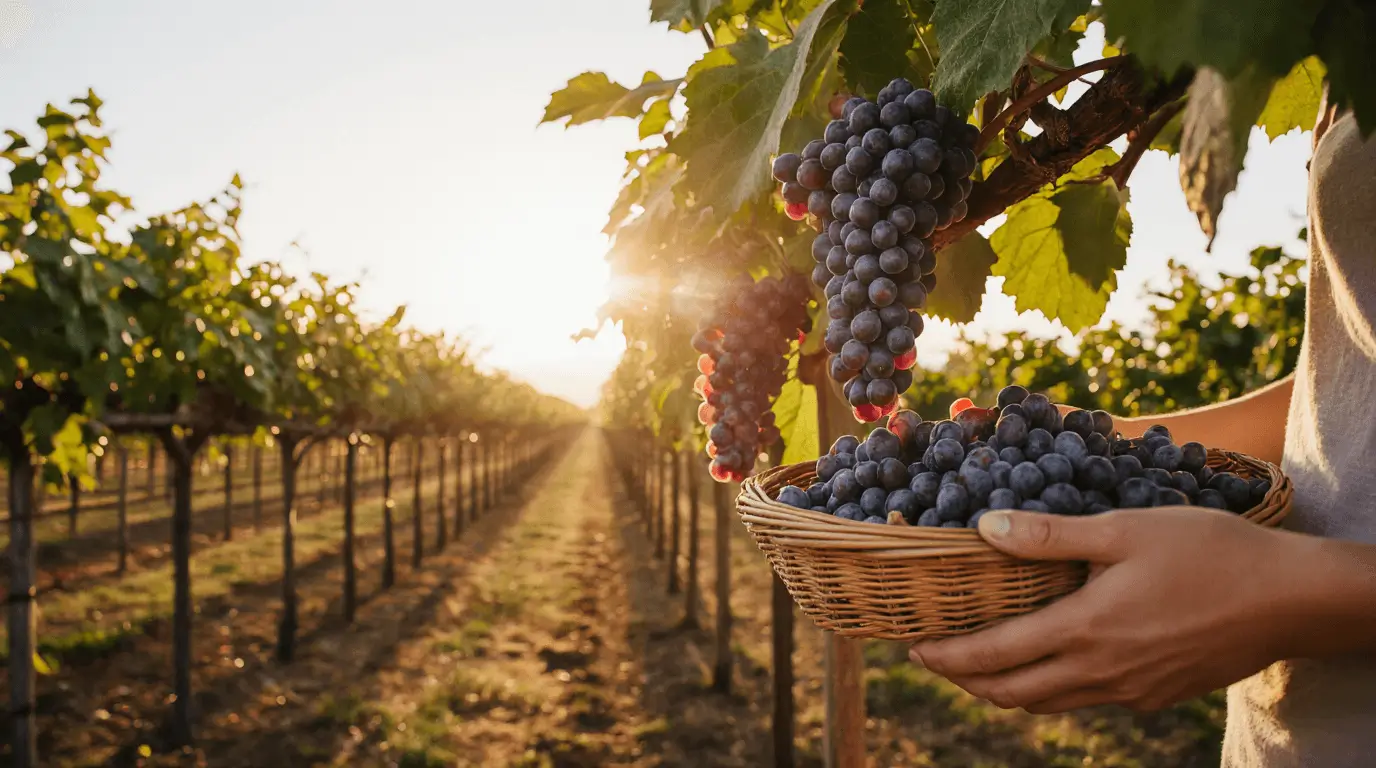
- Kiwi vines, especially Arctic Kiwi, are fast-growing and abundant. In about 2-4 years, they yield oval fruits with zesty flavor and rich nutrition—a perfect addition to smoothies or desserts.
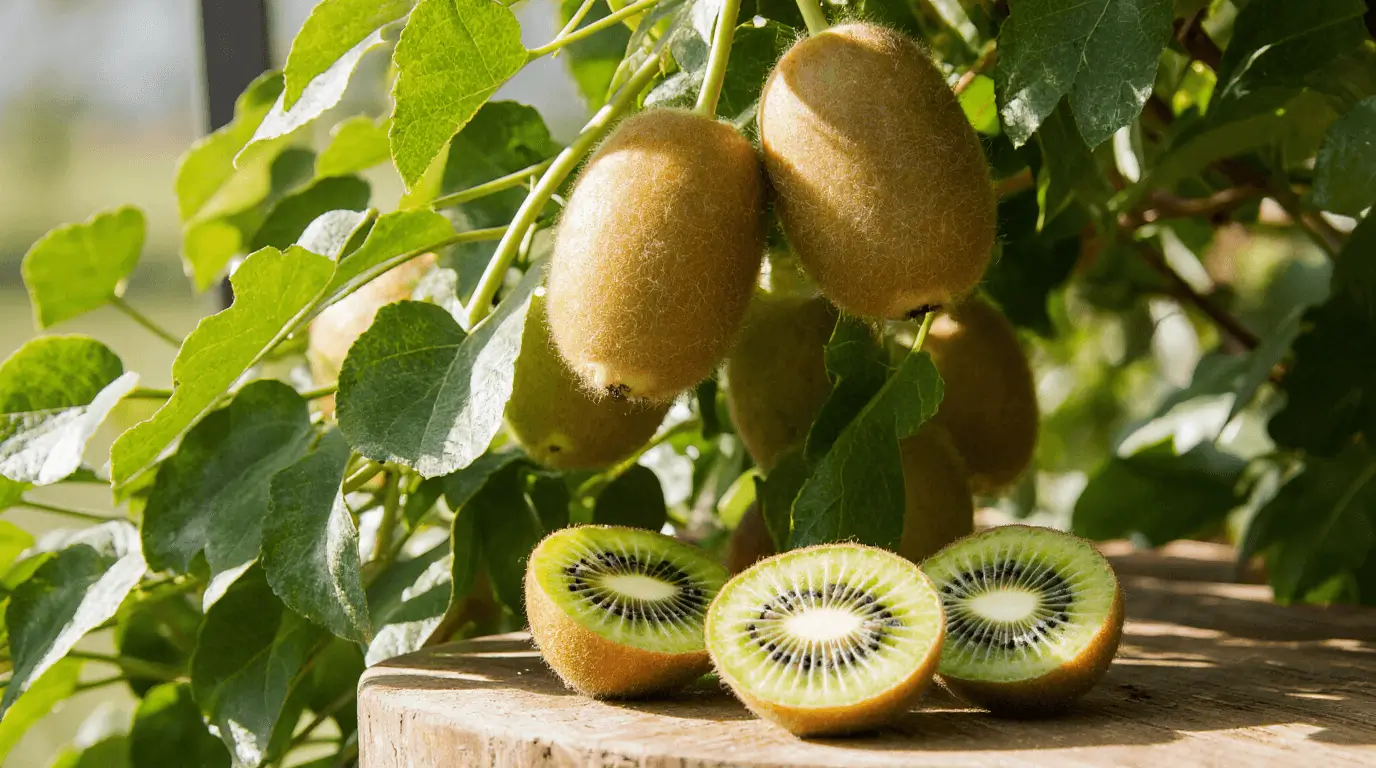
- Pomegranate bushes produce jewel-like seeds from their prized pomegranates much sooner than full trees. The bush-type varieties thrive in hot climates, producing antioxidant-rich fruit in warmer zones.
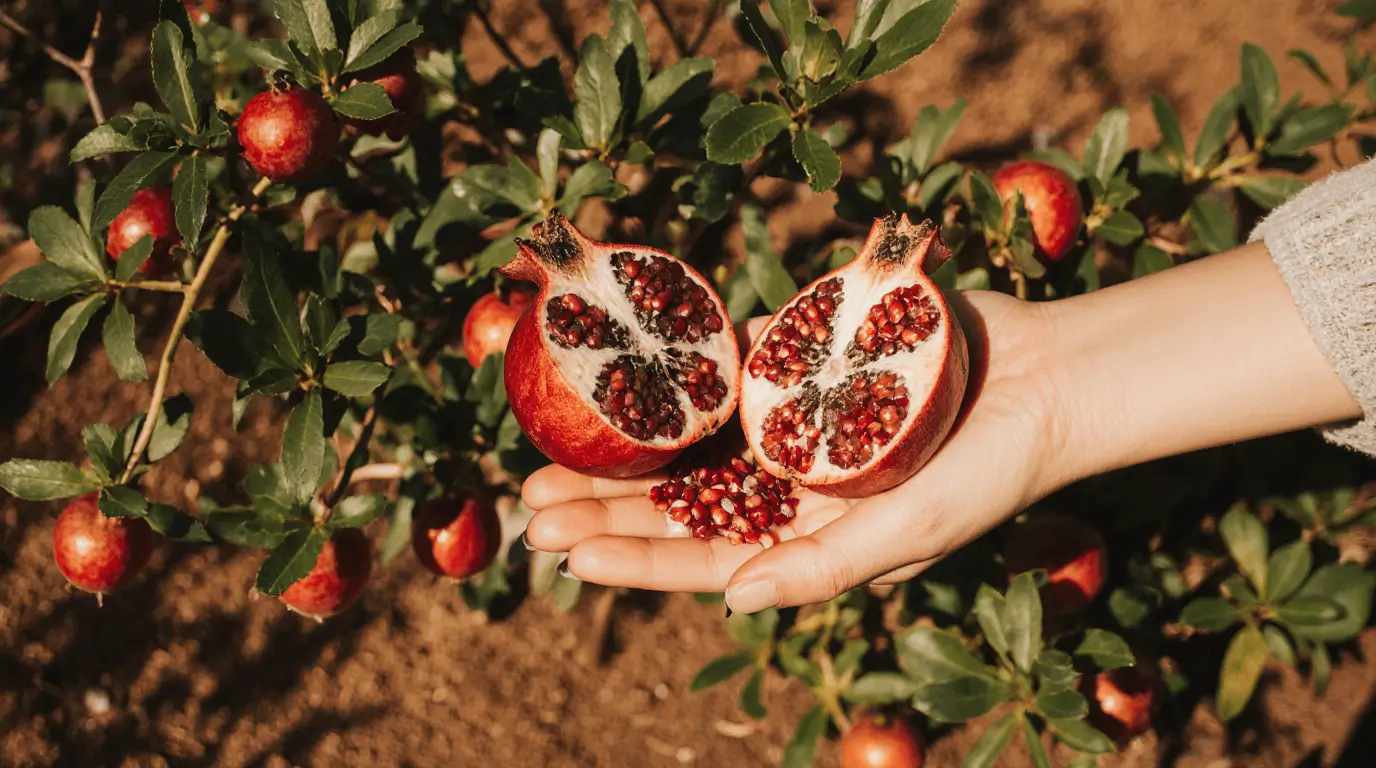
- Mulberry trees are tough yet fast-growing, with both white and black types producing fruits in their first year. They’re unfussy, vigorous, and love well-drained soil, giving you a sweet, abundant harvest fast.
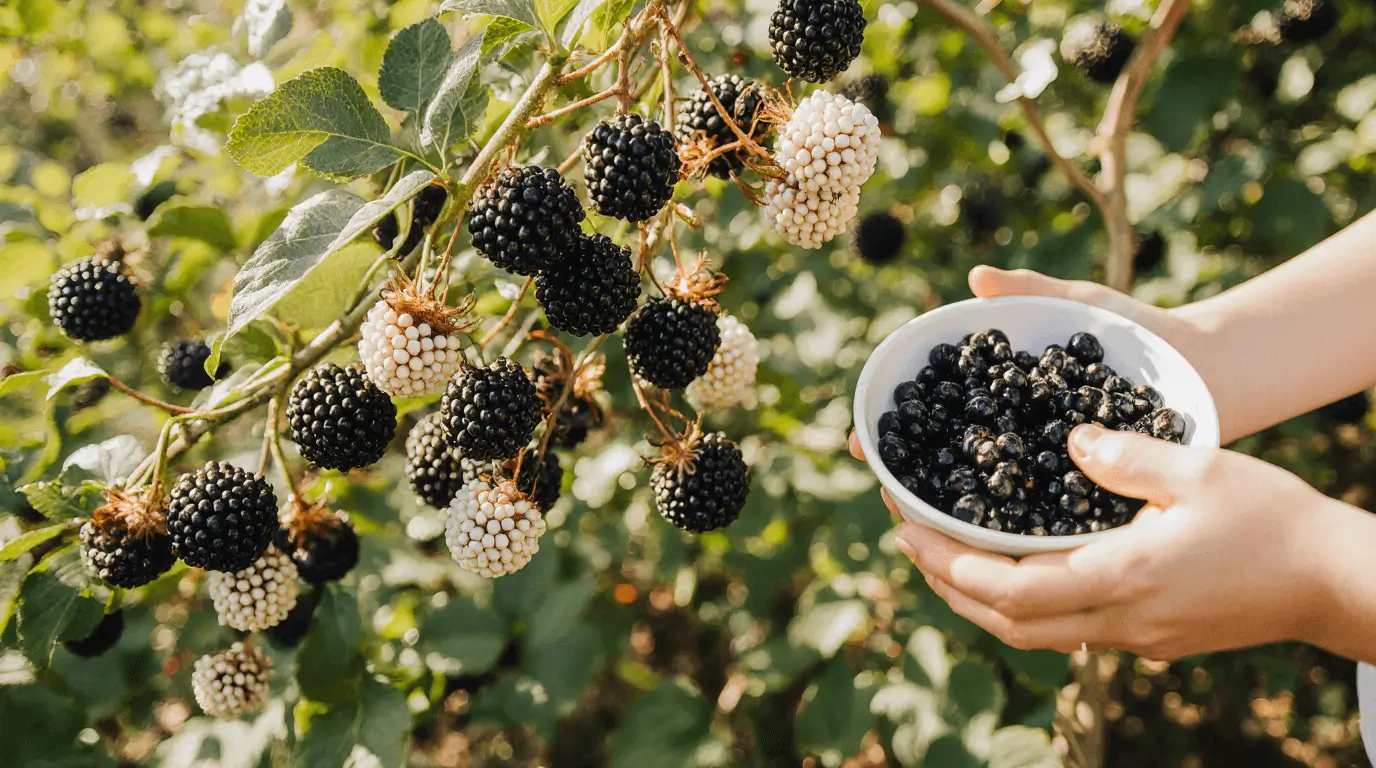
- Finally, strawberry plants deliver quick returns. Planted in spring, they send out runners and produce sun-kissed berries in the same year. It’s instant gratification—perfect for strawberry shortcakes, jam, and enjoying fresh desserts right from your garden.
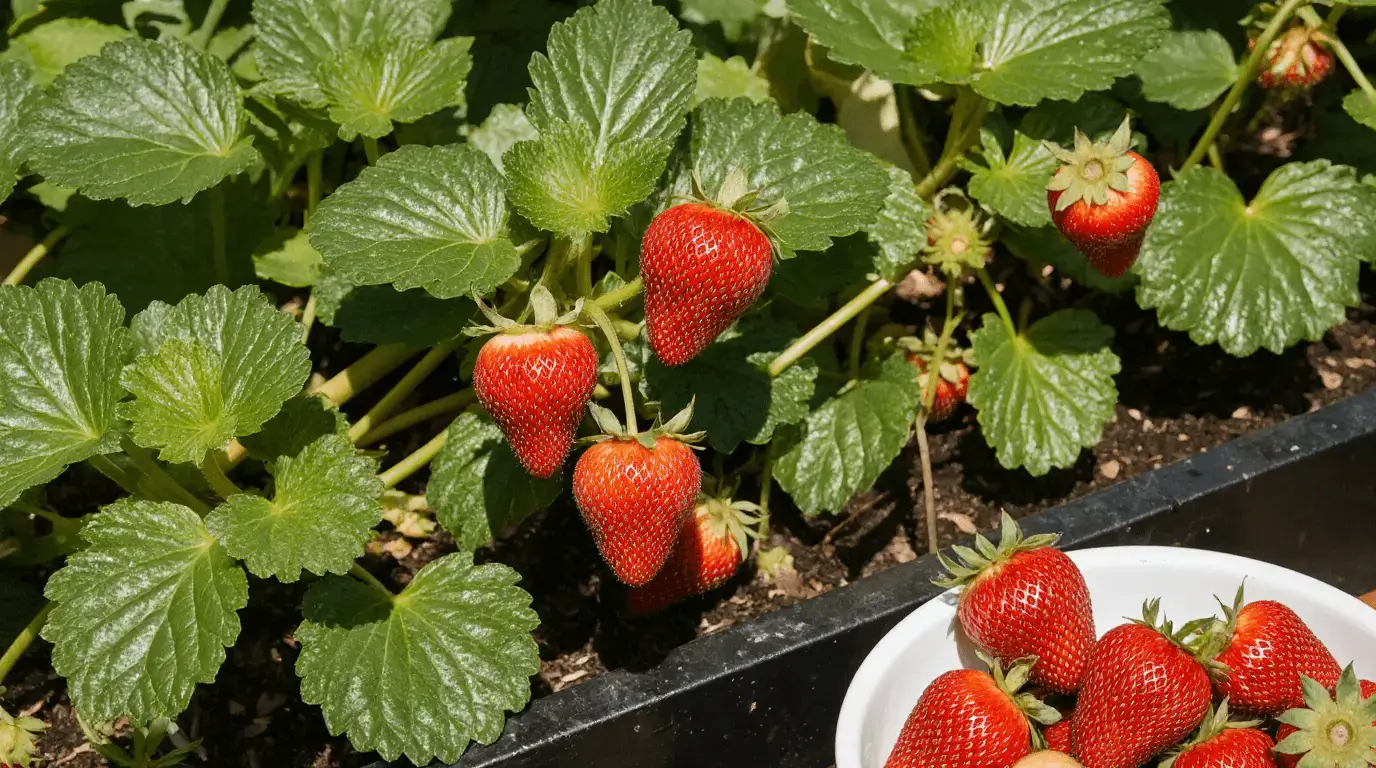
- With the right climate, proper care, and consistent planting, these fast producers will have you reaping your harvest and enjoying your productive garden sooner than you’d imagine.
Read Also: Tropical Fruit Trees: Grow Exotic Paradise at Home (Grow Guide)
Conclusion
Planting fast producing fruit trees, shrubs, and vines is an excellent way to enjoy homegrown harvests in a shorter time. By choosing the right varieties—like figs, peaches, dwarf citrus, and mulberries—you can experience delicious rewards within just a few years. These fastest growing fruit trees not only add natural beauty to your garden but also provide a sustainable source of fresh produce. Whether you have limited space or a large backyard, cultivating fast producing fruit trees ensures quicker returns, healthier eating, and the joy of harvesting your own fruits straight from your garden.
Fast Producing Fruit Trees – FAQs
- What are the fastest producing fruit trees?
Top quick producers include fig (Brown Turkey, Celeste), dwarf citrus (lemons, limes, oranges), peach (Redhaven), plum (Methley, Santa Rosa), and apple (Dorsett Golden, Anna). Many bear within 1–3 years. - How soon do early-bearing apple trees produce fruit?
Cultivars like Dorsett Golden and Anna can yield in about 2–4 years, especially in warm climates with proper care and watering. - Do peach trees really fruit in 1–3 years?
Yes, fast-maturing varieties such as Redhaven often set fruit in 1–3 years when grown in sunny, well-drained soil. - Which plum trees are fast to harvest?
Methley and Santa Rosa are reliable, quick options that may produce in 2–4 years with proper sunlight and care. - Can fig trees fruit quickly in containers?
Yes, Brown Turkey and Celeste figs can fruit in 1–2 years even in containers if given full sun and consistent watering. - Are dwarf citrus trees good for fast results?
Dwarf lemons, limes, and oranges often bear in 1–3 years in warm areas or indoors with enough light. - Which berries produce in the first year?
Raspberries often fruit their first year; blackberries and blueberries (Duke, Patriot) can produce in 1–3 years. - How fast do grape and kiwi vines fruit?
Concord and Thompson Seedless grapes bear in 2–3 years, while Arctic Kiwi may produce in 2–4 years. - Do bush-type pomegranates fruit sooner than trees?
Yes, bush-type pomegranates often fruit in 1–3 years and thrive in hot climates. - What about mulberries and strawberries?
Mulberries can produce in the first year, and strawberries deliver quick returns the same spring. - How can I speed up fruiting times?
Choose early-bearing cultivars suited to your climate, plant in full sun, water well, and prune regularly. - Do containers delay or improve fruiting?
Large, well-drained containers can help by warming roots and improving nutrient control, especially for figs and citrus.

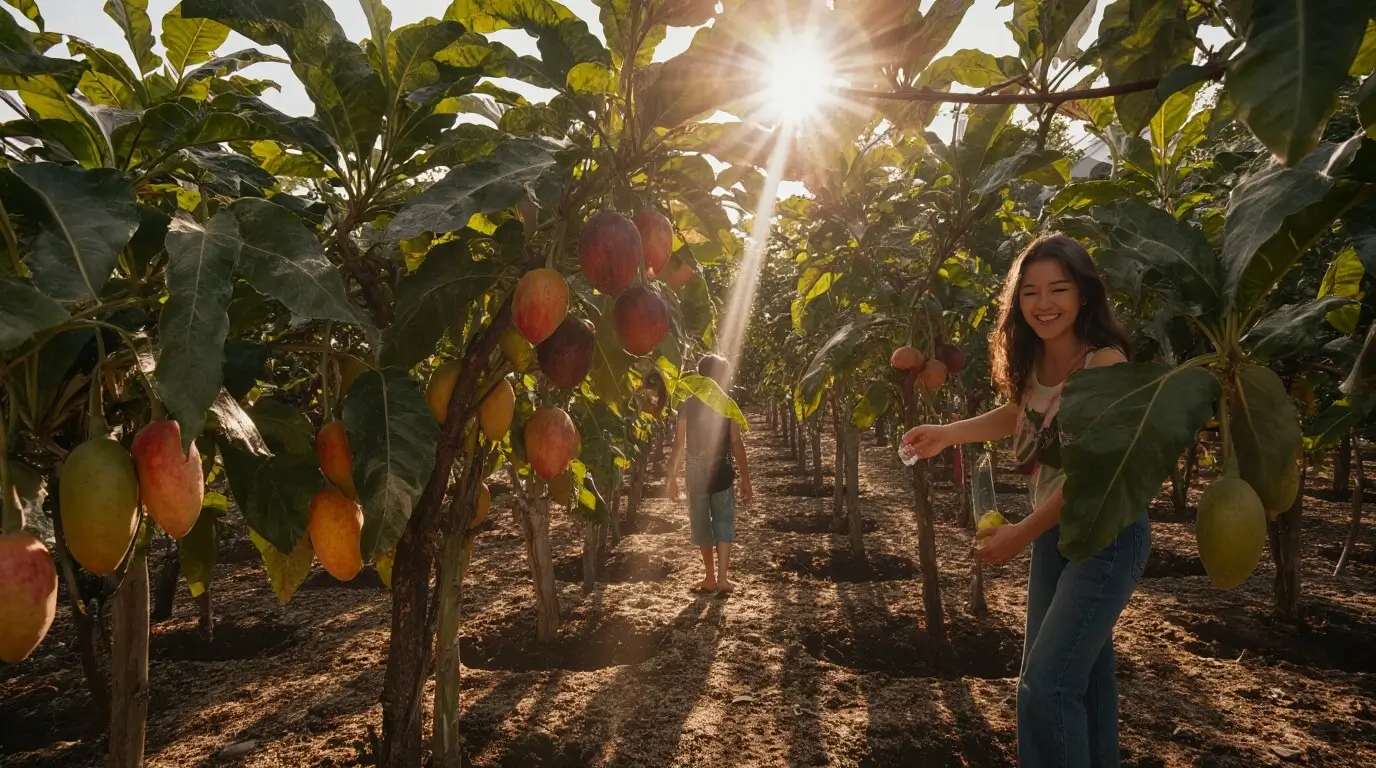

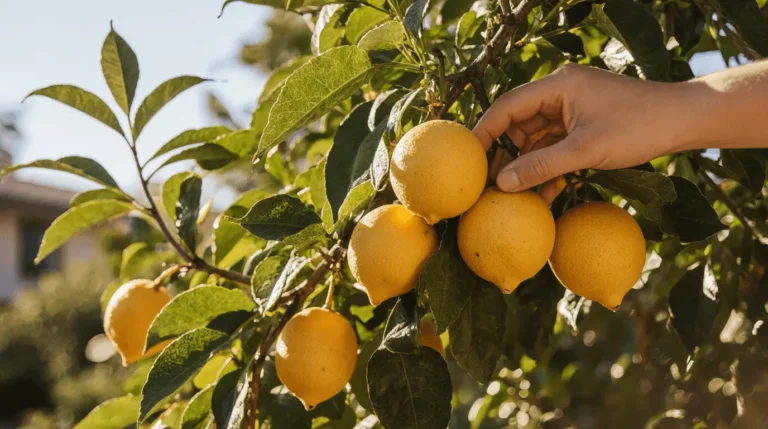

[…] When will my tree start bearing fruit? A mature tree generally starts producing cherries in its third year. With good growing conditions, including rich soil, steady sunlight, and a proper watering routine, your tree will soon have plenty of fruits borne each season. Fast Producing Fruit Trees, Shrubs & Vines […]
[…] Read Also: Fast Producing Fruit Trees, Shrubs & Vines […]
[…] like other fast-producing fruit vines and trees, passion fruit brings quick rewards for tropical […]